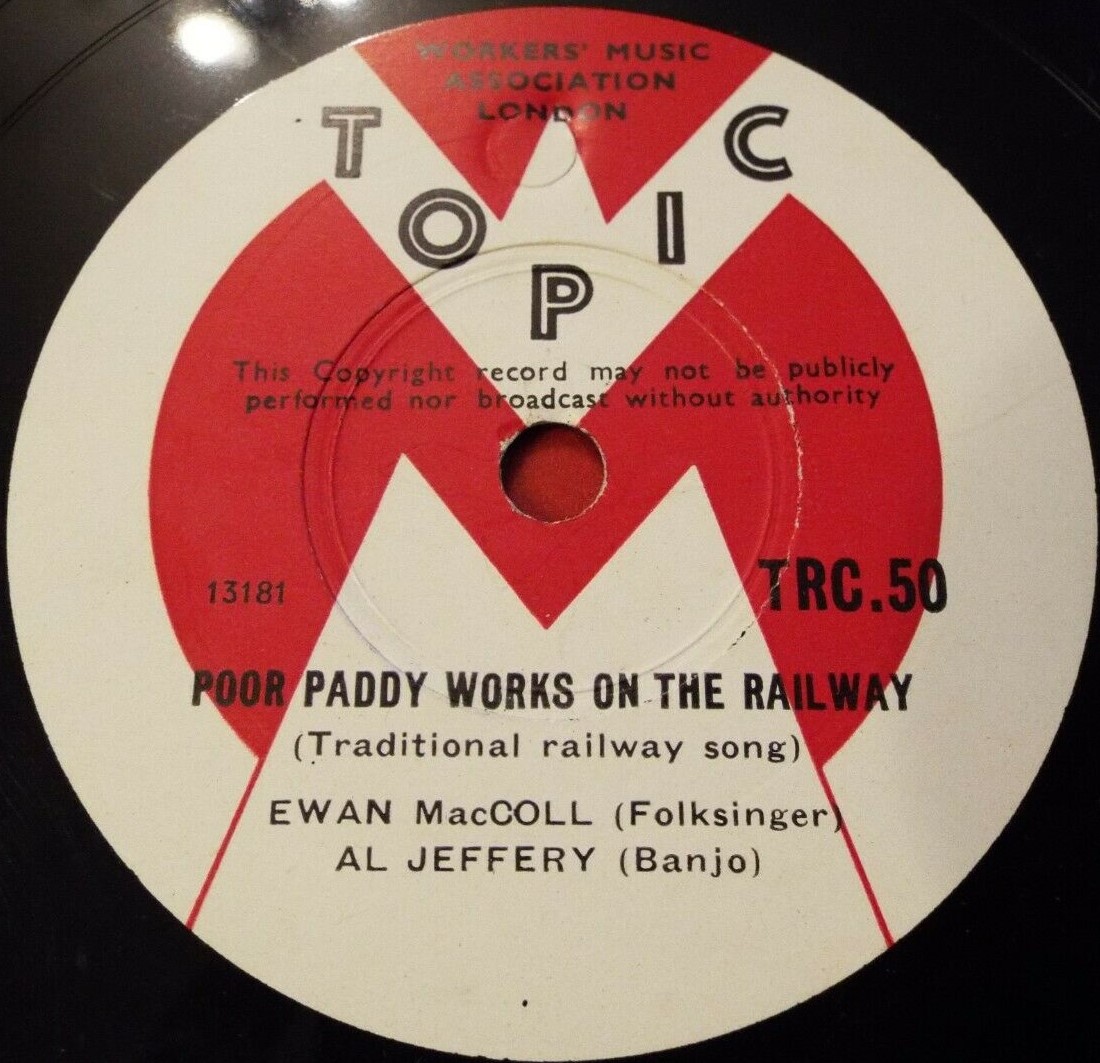

Poor Paddy Works on the Railway follows a simple, repetitive structure telling the story of one or possibly several navvies between 18. ‘Paddy’ refers to Irish workers in general The Irish worked on every major railway, road and canal in the UK. They had to be tough and they carried out their crippling work on a diet made up largely of bread, meat and beer. Thousands jumped at the chance to earn a living as a rail worker. In the mid 19th century, famine torn Ireland was a rich source of young men looking for work. The thousands of Irish labourers employed building Britain’s rail and canal network were known as navigators, which became shortened to navvies – a name that was to be associated with Irish workers for more than a hundred years. He might also have credited the Irish with building Britain’s railways and canals. Broadcaster David Frost once joked that the British owed their roads to two great nations: the Romans and the Irish. This column first appeared in the Irish Echo newspaper. Public Library, on April 19, 2008, “Twenty Books Every Irish American Should Read,” the author and critic Tom Deignan designated How the Irish Invented Slang number #1 on the list. fill’ih may oo-er í-ríheh)ĭANIEL CASSIDY is the author of How the Irish Invented Slang: the Secret Language of the Crossroads, CounterPunch/AK Press., 2007. fill’ih may oo-er í-ríheh, I’ll go back, time to get up), is the hidden refrain of working and rising, rising and working, that is the sanas-laoi (secret song) of Paddy and Colleen and all immigrant workin’ stiffs to America.įillfidh mé uair éirithe, (pron. í-ríheh) adj., rising, ascending, getting up. fill’ih may oo-er í-ríheh), meaning “I’ll go back, time to get up.”įillfidh, (pron. In fact, “f il-i-me-oo-re-i-re-ay” is the hidden litany of labor sung in Paddy’s other tongue, - Irish.įil-i-me-oo-re-i-re-ay is the English phonetic spelling of the Irish phrase “ fillfidh mé uair éirithe” (pron. The lilting chorus of “f il-i-me-oo-re-i-re-ay” has always been characterized as macaronic or nonsense syllables. “Paddy Works on the Erie” is an Irish secret song of immigrant spalpeens ( spailpíní,laborers, migratory workers) and colleens ( cailíní, girls, maids) who came to America searching for work and freedom. dúideanna, foolish-looking fellows, numbskulls) have rendered Irish-Americans balbh (mute) in their empire of words. The English dictionary dudes ( dúid, n., pl. The song “Paddy Works on the Erie” journeys year by year through the 1840s, when more than a million Irish people died of hunger in four years and another million, half of them women and girls, scattered to the crossroads of America.ĭuring the famine period 500,000 Irishspeakers immigrated to the United States, Yet, despite the immigration of millions of Irish speaking people to America over three centuries, scholars have ignored the influence of the Irish language on American culture and vernacular.

It gave his mouth an appearance of ferocity not in the heart… His shoulders were early stooped, as from carrying the inherited burdens of a thousand dead Irish peasants… A man of some imagination, he loved the tingle of warm liquor in his blood. “My father was a gorilla-built man… The ends of a carrot-red mustache touched his shoulder blades. The writer Jim Tully described his Irish Famine immigrant father in his 1928 memoir Shanty Irish. n., a burly person a husky, muscular person, fig. In other words, Paddy was a “woikin’ stiff.” ( )įrom the 17th century to the 1920s, seven million Irish people immigrated to North America and built the canals (canálacha), railroads (bóithre iarainn), and highways (bóithre mór) of the industrial revolution that transformed the United States. At Duffy’s Cut in Malvern, archeologists recently uncovered the site of a mass burial of fifty seven Irish railroad workers, victims of typhus, cholera, and violence that plagued poor Paddy, working on the railway. In Pennsylvania in the 19th century, it was said that every mile of railroad was an Irish grave. The lyrics vary widely, with versions scattered all across the mid-19th century Irish diaspora, from New York to Melbourne, wherever Paddy bent his back and laid a track. The earliest printed version of the song is dated 1864. The poet Carl Sandburg claimed he discovered “Paddy Works on the Erie” on sheet music published in 1850 but no copy has ever been found. Paddy Works on the Erie” is one of the most popular and widely known American work songs.īut, “Paddy Works on the Erie” is also a sanas-laoi, a secret song, of the crossroads.īad cess to the luck that brought me through,


 0 kommentar(er)
0 kommentar(er)
